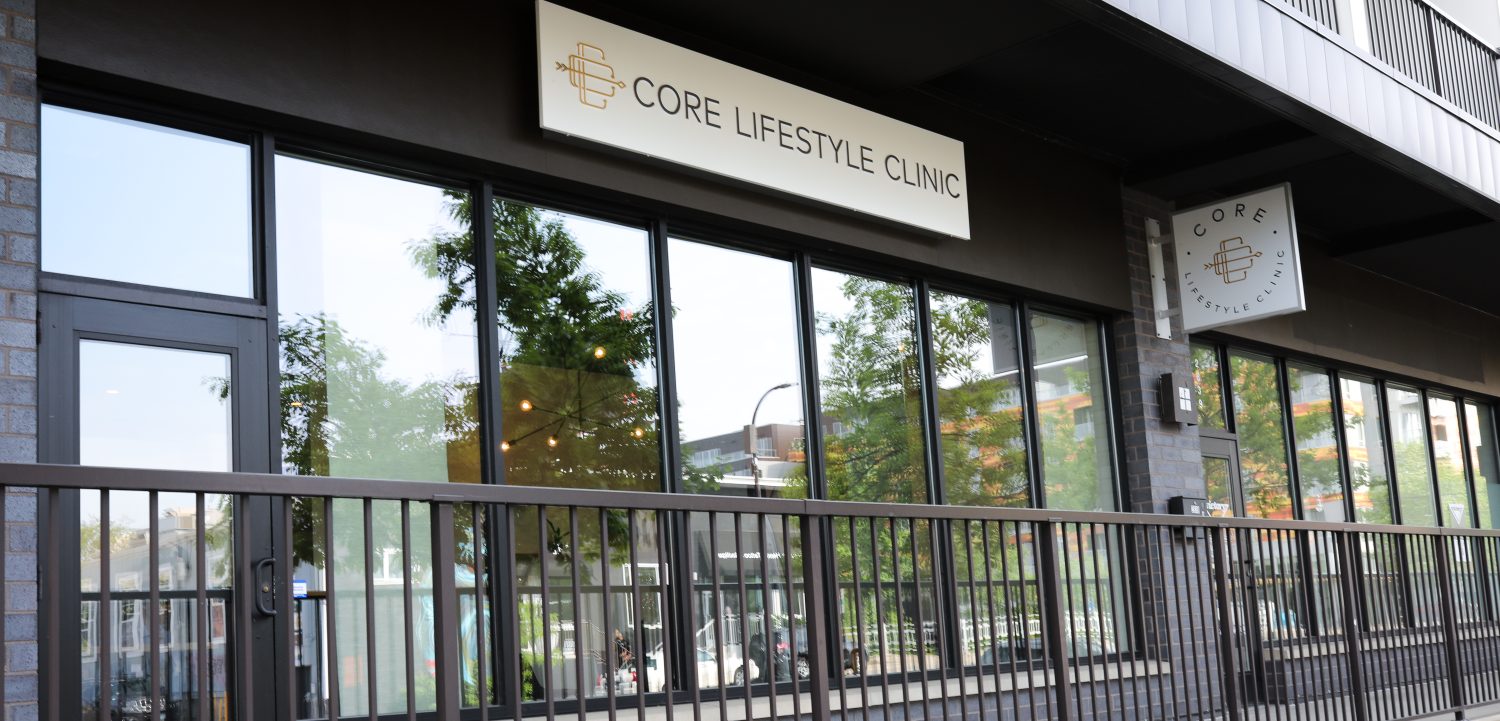Chiropractic Treatment for Headaches and Neck Pain
At one time or another, everyone has experienced the unwelcome, throbbing pain of a headache. Some headaches may blindside you; there seems to be no explanation for their occurrence. Others come on gradually over the span of hours or days. The number of headache presentations is outweighed only by the number of causes. Due to the numerous potential triggers, it can often be difficult to narrow it down to the true culprit. Doing so, however, is the key to resolving headaches for the long term. Below, you will find descriptions of various headache triggers, some common and some lesser known, in addition to ways to combat and prevent their occurrence.
Subluxation/Misalignment of the Spine
Headaches and mechanical neck pain are the bread and butter of chiropractic. So many people suffer from chronic headaches that can be easily fixed through a series of adjustments. Often, the cause of neck pain and headaches is stress on the nervous system due to misalignment of the cervical vertebrae. When vertebrae move improperly, the mechanics of the entire head and neck are disrupted. This results in compensations in head position and movement, as well as an increase in muscle tone. Headaches are the culmination of this mechanical and postural dysfunction.
The Fix: Have a chiropractor check your spine and adjust any subluxations in the body. They can also perform manual therapy to any hypertonic musculature of the head and neck. Your chiropractor may also refer you for other therapies, including acupuncture or massage, as they see fit.
Stress & Muscle Tension
When stressed, people tend to hold their shoulders high and clench their jaws. All of this is done unconsciously, of course. Right now, be mindful of your shoulders. Try to lower them. If you can relax your shoulders and they drop, you were likely holding up without even realizing it. The same goes for clenching the jaw. Many people do this while they sleep, resulting in sustained tension in the jaw and temples. All of this upper back, neck and jaw tension leads to trigger points and the radiation of pain into different areas of the body, namely, the head and neck.
Though your upper body muscle tension may not be due to psychological stress, it can be due to the physical stressors of daily activity. Many people who work in jobs which require repetitive upper extremity motion will experience tension type headaches. Athletes involved in impact sports or completing high repetition exercises can also succumb to tension headaches.
The Fix: Identify the source of stress and create a plan to remove or decrease it. If this isn’t feasible, a plan to manage or relieve yourself of stress throughout or at the end of the day can be helpful. This might include taking mini breaks at work, meditation, exercise, baths or scheduling time out for yourself. Also, be mindful of tensing the shoulders and jaw, aiming to keep them relaxed as possible.
Mobility and recovery is key for the athlete. Using a lacrosse ball or roller after a workout, in combination with stretching, will offset tightness. Exercise is a huge stress to the body, make sure you are recovering sufficiently with nutrient dense meals and good sleep.
Allergies, Low Blood Sugar & Dehydration
Food and environmental allergies trigger an immune response in the body. The result of this immune response is systemic inflammation. This inflammatory response can often cause a headache. The body uses the headache as a warning sign to the body, indicating that something is wrong and a larger issue needs to be addressed.
If you’re attempting the new intermittent fasting trend or just forgot to eat a meal or two, you may feel a headache coming on. Fasting too long, dieting too hard or not eating enough can cause the blood sugar to enter a hypoglycaemic range. When the blood sugar gets too low, a headache can ensue. Keep your body hydrated, too! Low hydration and electrolyte levels are notorious for triggering headaches.
The Fix: Discovering the food that sets the body awry is not always easy. It can often require an elimination diet, in which foods that are traditionally more allergenic are removed for a period time to determine the body’s response without them. Allergy tests or panels can also be done to determine food allergies. If low blood sugar or dehydration is the culprit, get some healthy, nutritious food & water in your body and see if the headache subsides once the values have returned to a normal range.
Seek Help
Regardless of the trigger, at the end of the day you are still experiencing the pain of a headache, and you just want to be rid of it! Research supports the use of chiropractic for headache reduction and elimination. Go see one! It is the safest, most effective course of treatment and should be the first line of defence against headache symptoms. Your DC will evaluate your symptoms and spine and provide you with appropriate treatment and advice. You have nothing to lose except your nagging headache.






